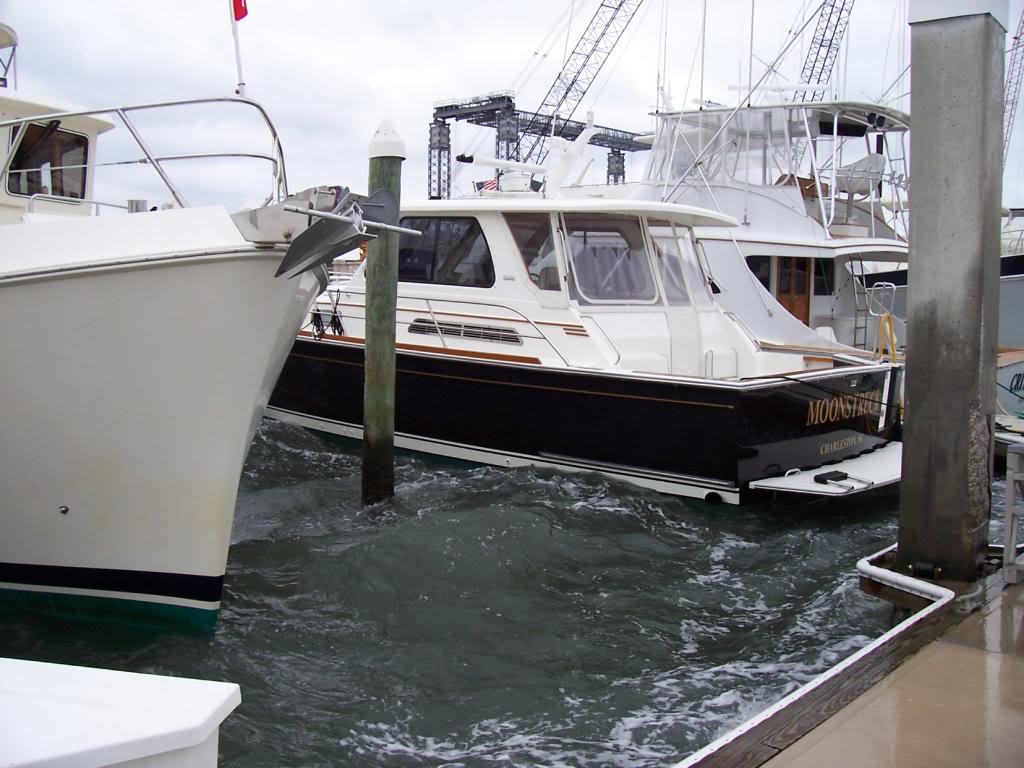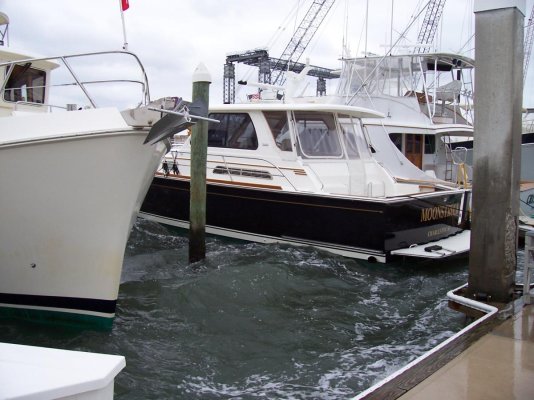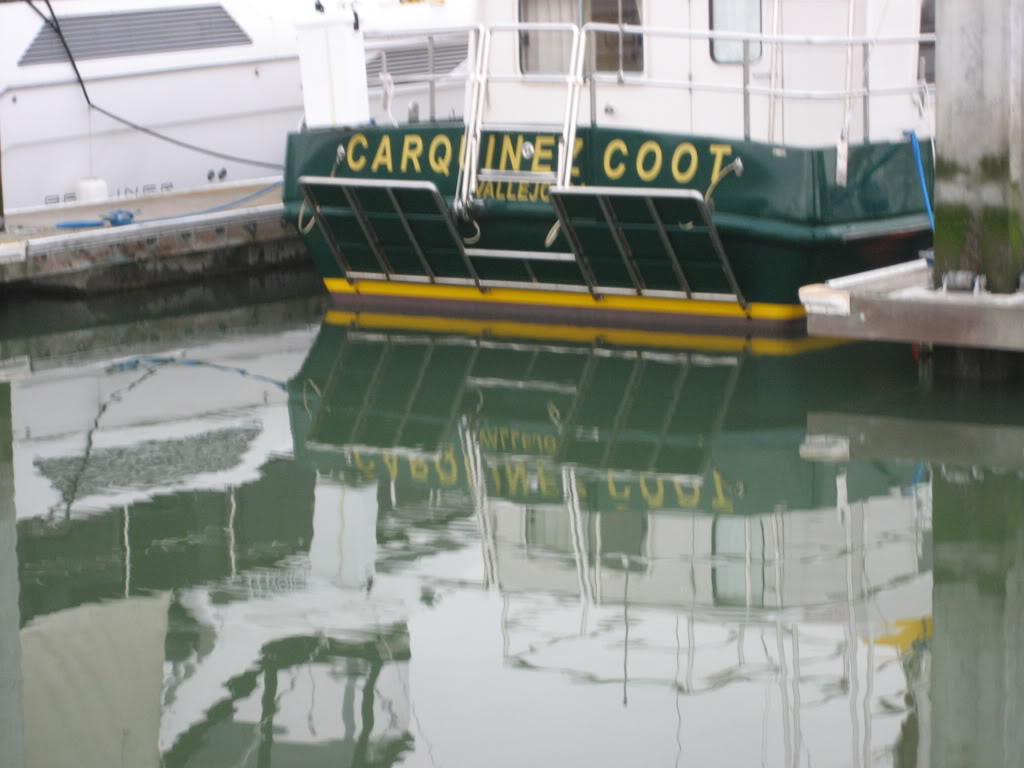jwnall
Moderator Emeritus
When I moved my boat into a slip at the marina where she is now, I noticed that all of the other boats in slips had crossed stern lines. That is, the line from the starboard piling went to the cleat on the port side of the boat, and the line from the port piling went to the cleat on the starboard side of the boat. I did my lines like that also, so as not to be different, but do not see why it is any advantage over going port to port and starboard to starboard. Can anyone educate me on why it is better? (Yeah, I know -- this is not some sort of earthshaking issue. But color me curious).
John
John



